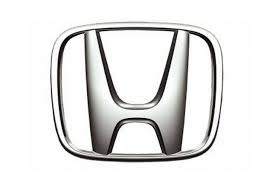CR-V 2WD L4-2.4L (2003)

Brake Bleeding: Service and Repair
Brake System Bleeding
NOTE:
-
Do not spill brake fluid on the vehicle; it may damage the paint; if brake fluid does contact the paint, wash it off immediately with water.
-
The reservoir on the master cylinder must be at the MAX (upper) level mark at the start of the bleeding procedure and checked after bleeding each
brake caliper. Add fluid as required.
-
Do not reuse the drained fluid.
-
Always use Honda DOT3 brake fluid. Non-Honda brake fluid can cause corrosion and shorten the life of the system. Make sure no dirt or other
foreign matter is allowed to contaminate the brake fluid.
1. Make sure the brake fluid level in the reservoir is at the MAX (upper) level line (A).
2. Slide a piece of clear plastic hose over the first bleed screw, and submerge the other end in a container of new brake fluid.
3. Have someone slowly pump the brake pedal several times, then apply steady pressure.
4. Loosen the left-front brake bleed screw to allow air to escape from the system. Then tighten the bleed screw securely.
5. Repeat the procedure for each wheel in the sequence shown until air bubbles no longer appear in the fluid.
